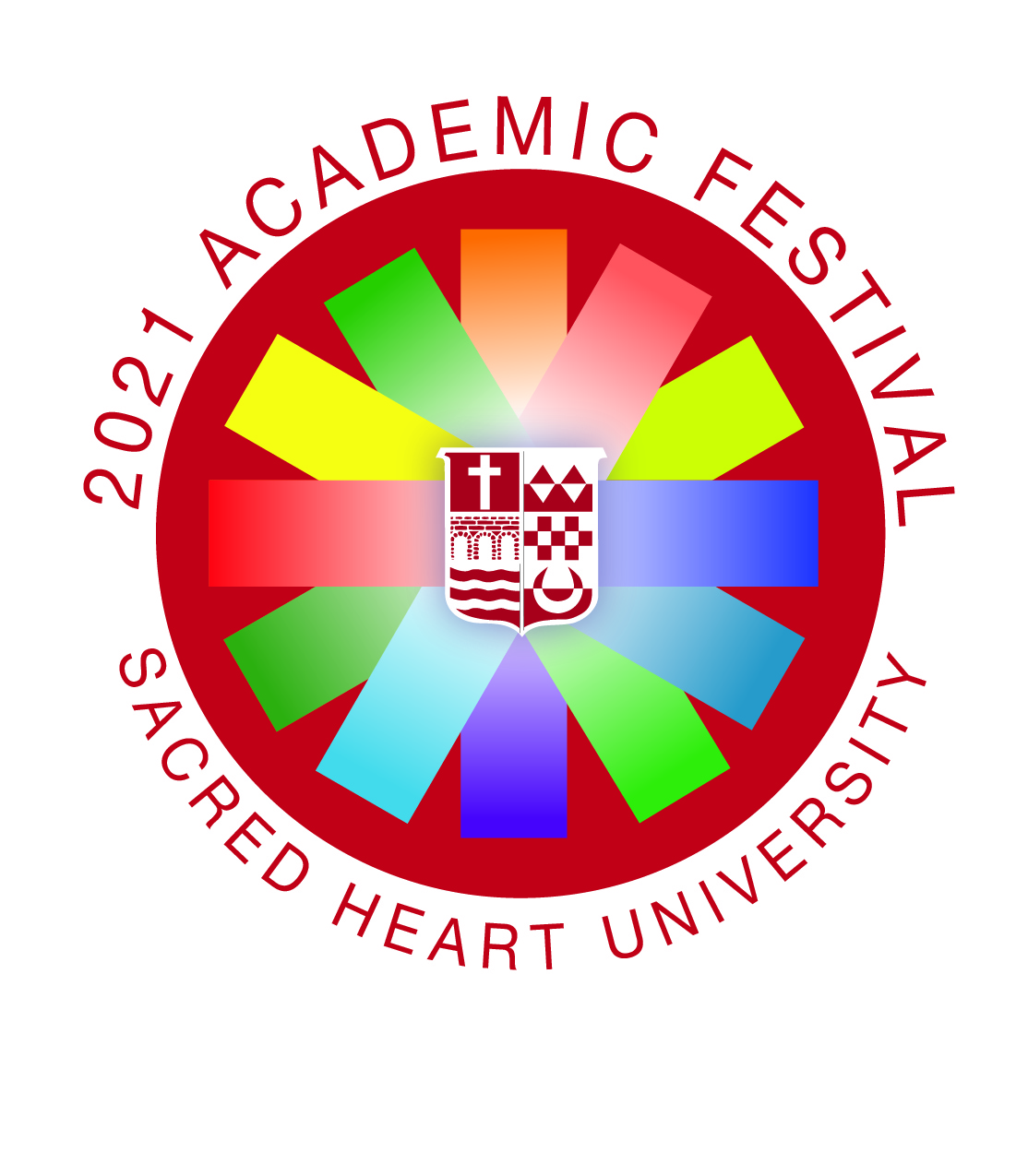Mentor/s
Dr. LaTina Steele
Participation Type
Poster
Abstract
To understand how best to restore damaged coral reefs, one must first understand how best to nurture and grow fragments of coral. For our purposes, we used the Indo-Pacific, coralDuncanopsammia axifuga as a model organism, as it is integral to the reef ecosystem both structurally and ecologically, as well as it is readily available to scientists, since it is not a threatened species. The controlled lab experiment was set up in a way that two replicate groups were isolated when fed, one group was fed 30mL of phytoplankton three times a week, while the other was fed zooplankton on the same three days. We recorded how long the corals actively fed, and comparisons were made along the duration of the project regarding starting size, number of polyps, amount of sprouting polyp buds, and in the future, we hope to analyze the density of the coral’s skeleton between the two groups. We expect our results to be able to help provide valuable information for coral reef restoration projects for years to come.
College and Major available
College of Arts and Sciences, Biology, Chemistry MS, Coastal & Marine Science
Location
Digital Commons
Start Day/Time
5-5-2021 1:00 PM
End Day/Time
5-5-2021 4:00 PM
Prize Categories
Most Scholarly Impact or Potential, Most Creative, Most Meaningful
How Phytoplankton and Zooplankton Effect Growth Rates of Duncanopsammia axifuga Corals
Digital Commons
To understand how best to restore damaged coral reefs, one must first understand how best to nurture and grow fragments of coral. For our purposes, we used the Indo-Pacific, coralDuncanopsammia axifuga as a model organism, as it is integral to the reef ecosystem both structurally and ecologically, as well as it is readily available to scientists, since it is not a threatened species. The controlled lab experiment was set up in a way that two replicate groups were isolated when fed, one group was fed 30mL of phytoplankton three times a week, while the other was fed zooplankton on the same three days. We recorded how long the corals actively fed, and comparisons were made along the duration of the project regarding starting size, number of polyps, amount of sprouting polyp buds, and in the future, we hope to analyze the density of the coral’s skeleton between the two groups. We expect our results to be able to help provide valuable information for coral reef restoration projects for years to come.



Students' Information
Aidan Lawrence Murphy Coastal and Marine Science major class of 2022
Patrick O’Donnell Coastal and Marine Science major class of 2021
Honorable mention, Most Creative 2021 award.